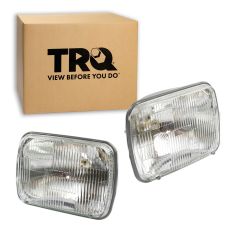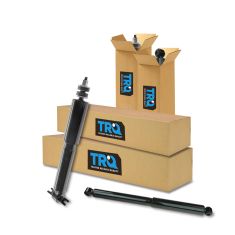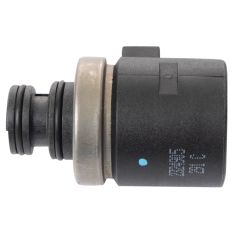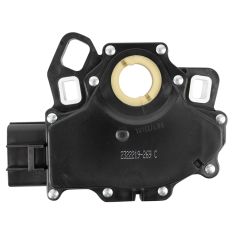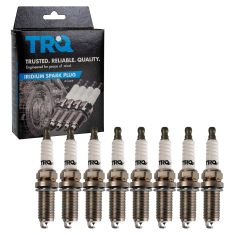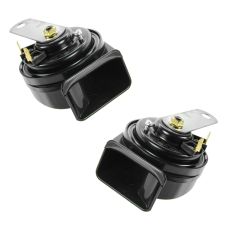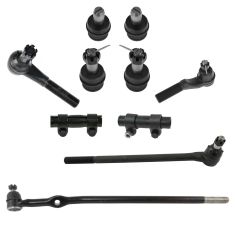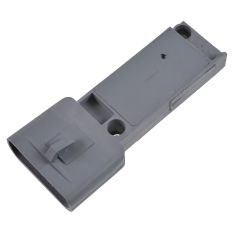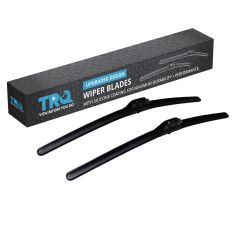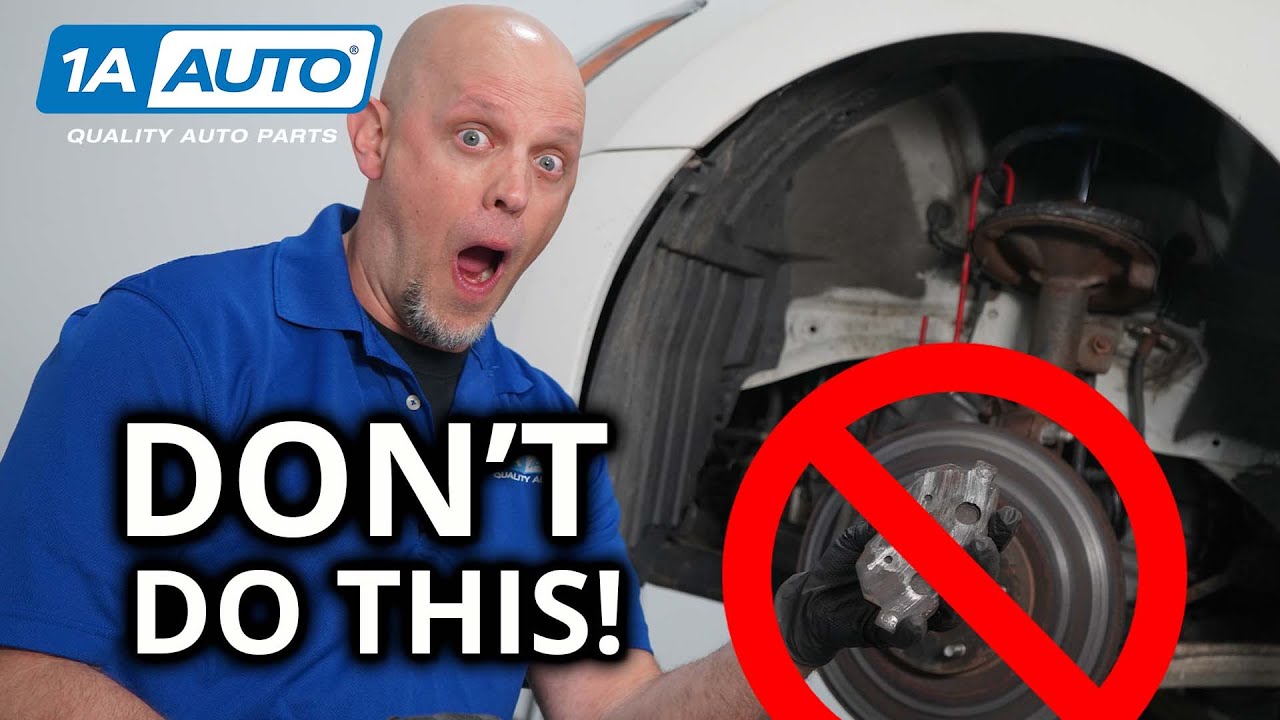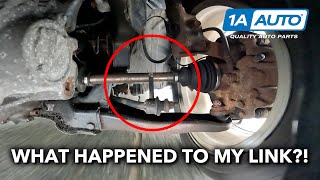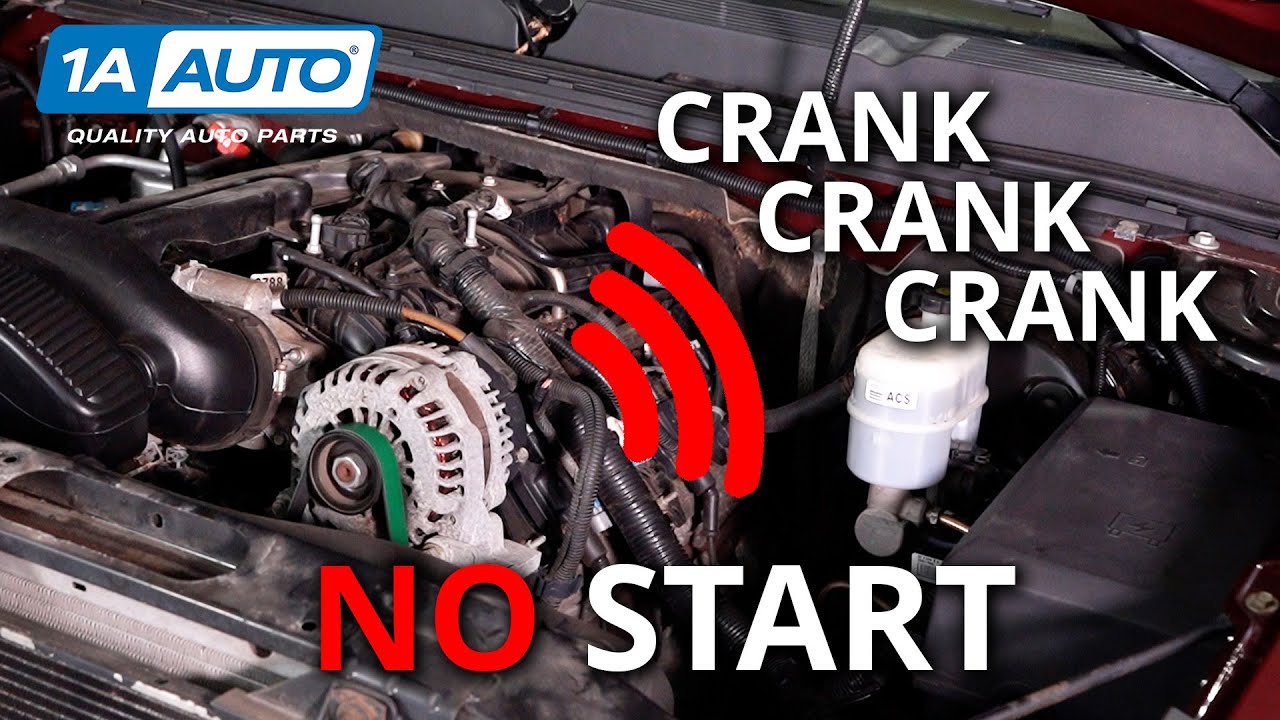Ford Ranger
-
-
- Air Deflectors & Valance Panels
- Battery Trays & Related
- Bumpers & Related - Front & Rear
- Emblems & Nameplates
- Fuel Tank Filler Neck
- Grille
- Header Panel
- Hood & Hatch Lift Supports
- Hood Latch & Catch Brackets
- Rust Repair Panels
- Splash Shields & Fender Liners
- Tailgate Cables
- Tailgate Hinges & Related
- Weatherstripping
-
-
-
-
-
-
-
-
-
-
-
-
-
-
-
-
-
-
-
-
-
-
-
-
-
-
-
-
-
-
-
-
-
-
-
-
-
-
-
-
-
-
-
-
-
-
-
-
-
-
-
-
-
-
-
-
Notify When Available$51.95Save 16%List $61.95 Save $10.00Brand: TRQ - HLA93557$51.95Save 16%List $61.95 Save $10.00
-
Notify When Available$116.95Save 22%List $149.95 Save $33.00Brand: TRQ - SBA60284$116.95Save 22%List $149.95 Save $33.00
-
Notify When Available$30.95Save 14%List $35.95 Save $5.00Brand: TRQ - TFA86500$30.95Save 14%List $35.95 Save $5.00
-
Notify When Available$39.95Save 18%List $48.95 Save $9.00Brand: TRQ - SWA41592$39.95Save 18%List $48.95 Save $9.00
-
Notify When Available$64.95Save 13%List $74.95 Save $10.00
Replaces 8 Piece Spark Plug Set TRQ SPA02187
Brand: TRQ - SPA02187$64.95Save 13%List $74.95 Save $10.00 -
Notify When Available$38.95Save 24%List $50.95 Save $12.00
Replaces Ignition Control Module TRQ ICA61375
Brand: TRQ - ICA61375$38.95Save 24%List $50.95 Save $12.00 -
Notify When Available$64.95Save 18%List $78.95 Save $14.00Brand: TRQ - ELA17620$64.95Save 18%List $78.95 Save $14.00
-
Notify When Available
Replaces Ford Ranger Mazda B2300 B3000 B4000 Front 10 Piece Steering & Suspension Kit TRQ PSA74538
Brand: TRQ- PSA74538$149.95Save 21%List $188.95 Save $39.00Brand: TRQ - PSA74538$149.95Save 21%List $188.95 Save $39.00 -
Notify When Available$34.95Save 20%List $43.95 Save $9.00Brand: TRQ - ICA61369$34.95Save 20%List $43.95 Save $9.00
-
Notify When Available$34.95Save 29%List $48.95 Save $14.00Brand: TRQ - WPB54556$34.95Save 29%List $48.95 Save $14.00
The Lone Ranger
In the early 1980s, smaller and more fuel efficient trucks were on the rise. As the reigning champs of pickup trucks, Ford knew they had to get themselves in the game. The Ranger started out as a high trim for the F-Series and ended up as a compact truck with its own line. Offering better fuel economy than the F-Series, it debuted in 1982 with a 1983 model, and had a six or seven foot bed and a 2.0L four-cylinder engine with an optional 2.3L and a V6 that was a 2.8L. It also came with rear-wheel or four-wheel drive and manual or automatic transmissions. Available trim levels were Ranger-base, XL, XLS, and XLT.
The Ranger Rides High
Though the Ranger is considered small in comparison to its F-Series brothers, it could still hold its own. A SuperCab model that could fit up to five passengers was offered in 1986 with optional fold-up jump seats. An STX trim was offered for off-roading, and a 2.9L V6 replaced the 2.8L and bumped up horsepower from 115 to 140. A "High Rider" STX trim was offered to enhance the off-roading experience and a new, sporty GT package was also included in the lineup. As the ‘90s rolled around, the GT was replaced by the XL Sport and a 3.0L V6 could be used on the two-wheel drive models. A 4.0L V6 with 160 horsepower was also offered with the four-wheel drive models.
The Ranger Rides into the Sunset
Part of the Ranger's demise was the improved fuel economy of the F-Series. It was also priced around the same range as the F-150, and since the F-150 had been the best-selling truck for over thirty years, even the Ranger's popularity could not keep up. It was the best-selling compact truck from 1987 to 2004, and one of the few compact trucks to resist the move toward larger bodies. It had increased modestly in size as the years passed, but the only thing that got a lot bigger was the list of refinements. Complete with manual and automatic 5-speed transmissions both with overdrive functions, 2.3L to 4.0L engines, and rack and pinion steering, the Ranger will be remembered for its powerful engine in a small body that blended all the benefits of a truck with the advantage of a smaller frame.
